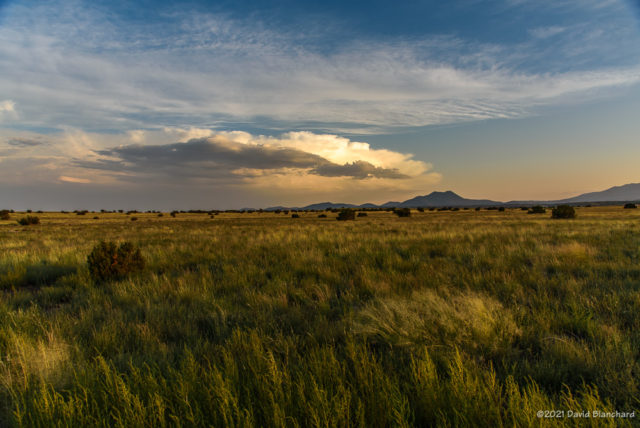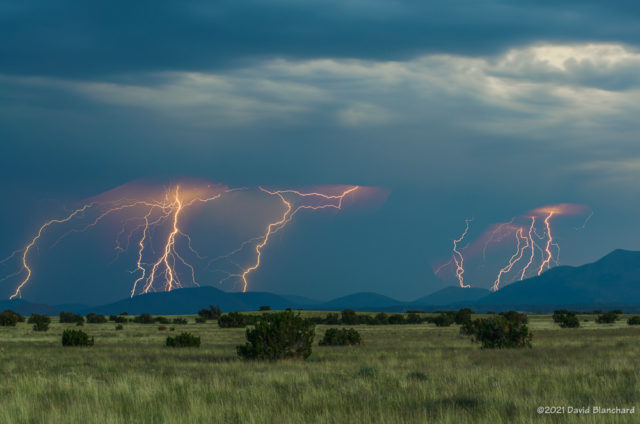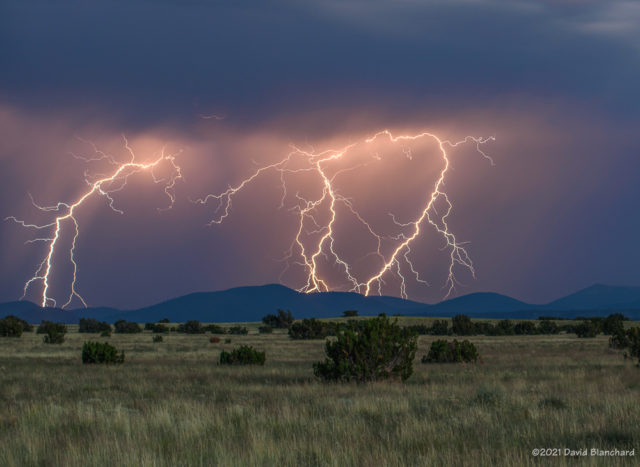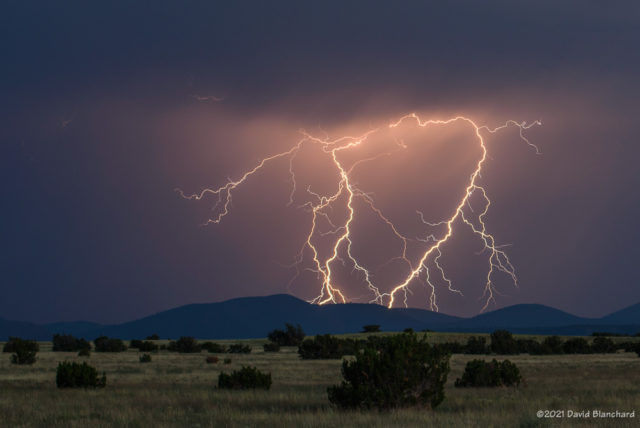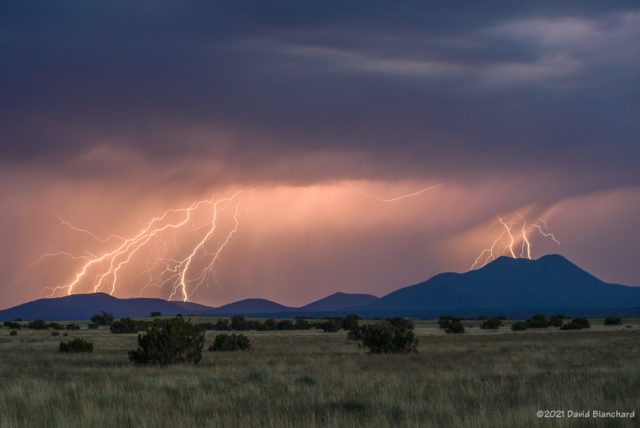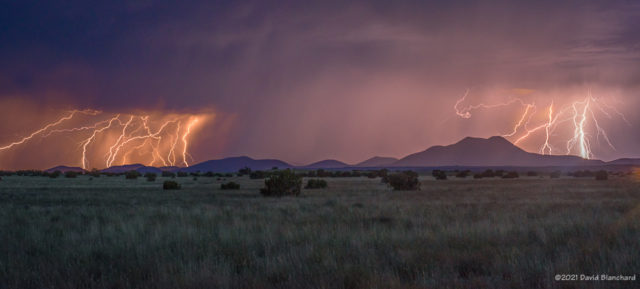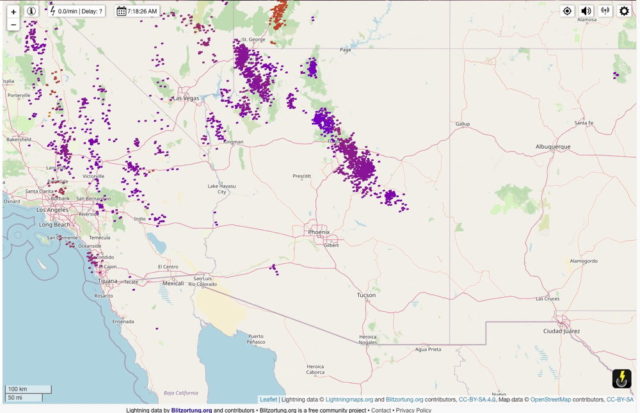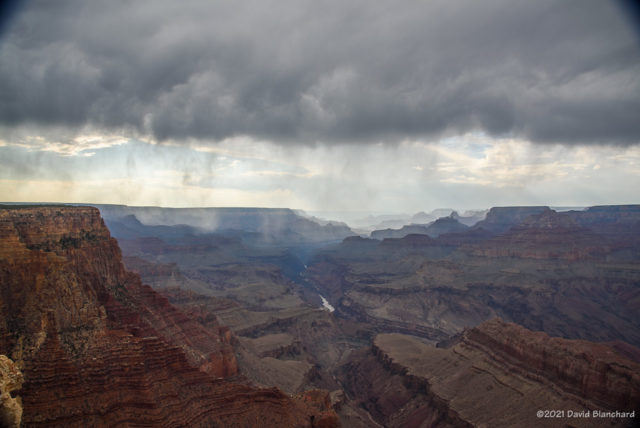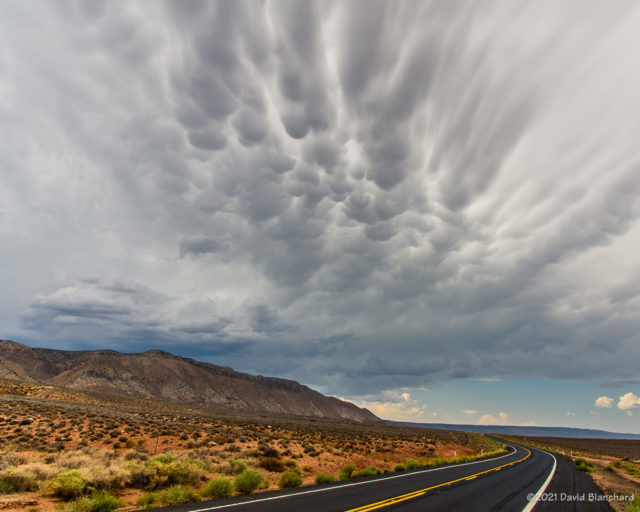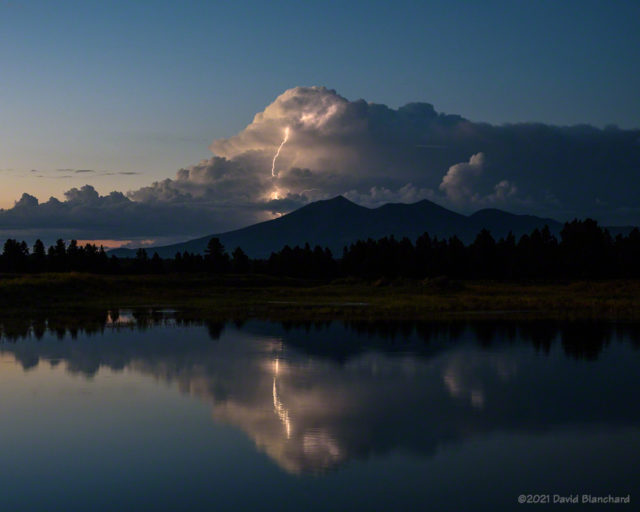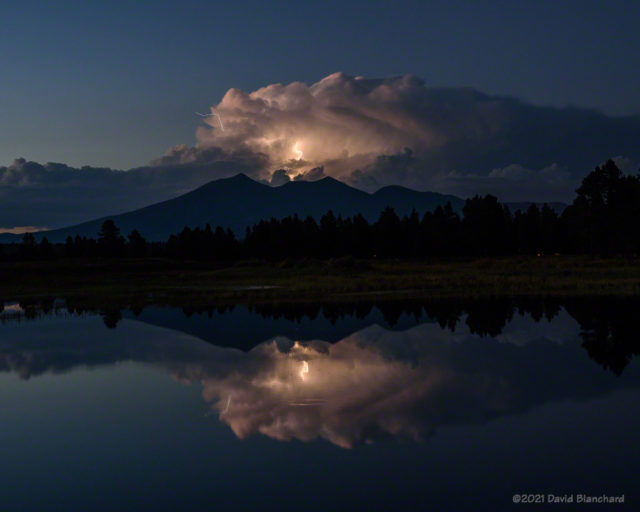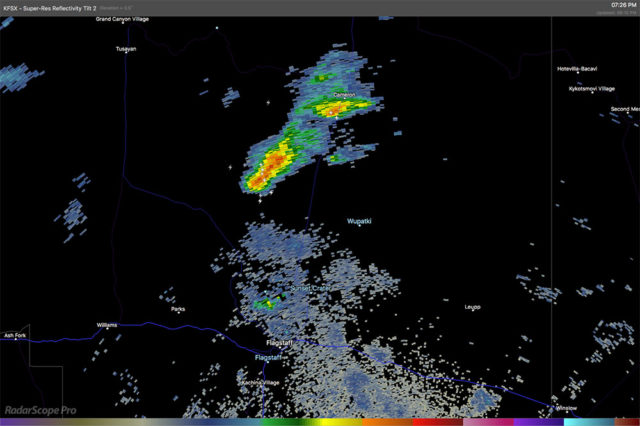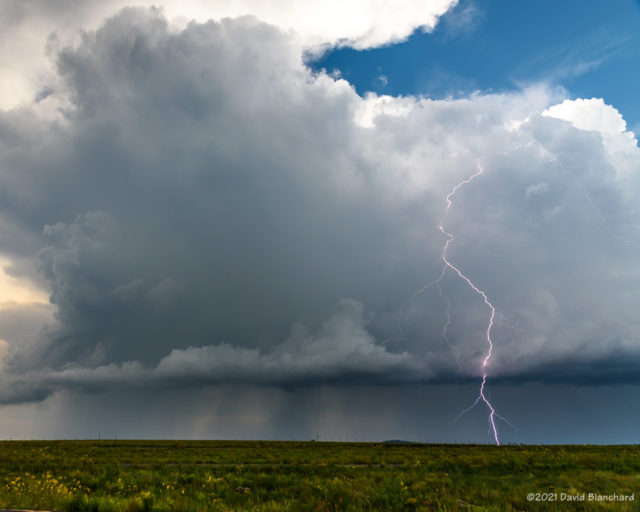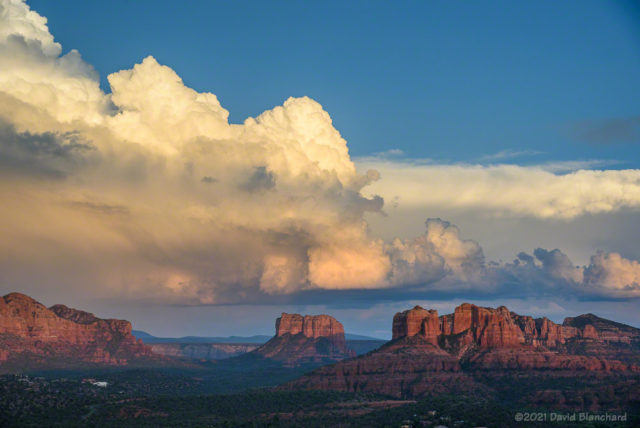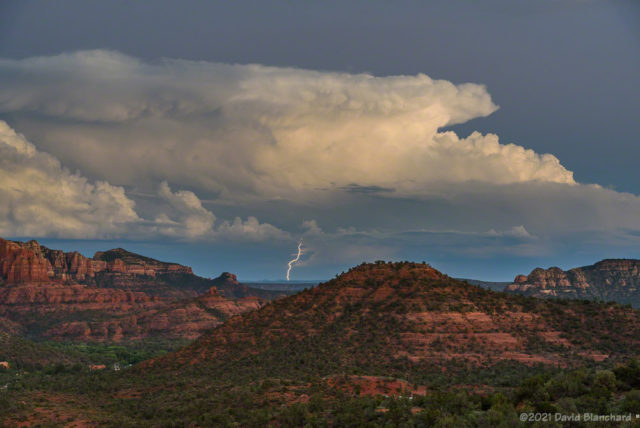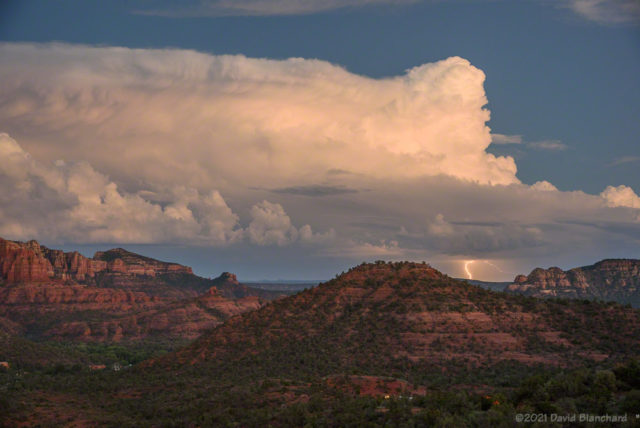It was only a few days ago that I photographed an evening barrage of lightning over the San Francisco Peaks and the Cinder Hills. Those photographs were taken from Wupatki National Monument—right at the entrance pullout off of Highway 89. And, now I found myself in this same location shooting lighting from an early afternoon series of thunderstorms—except looking in the other direction across vast grasslands.
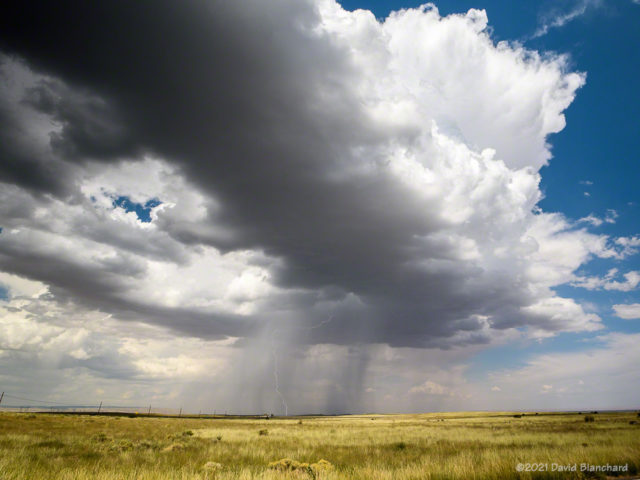

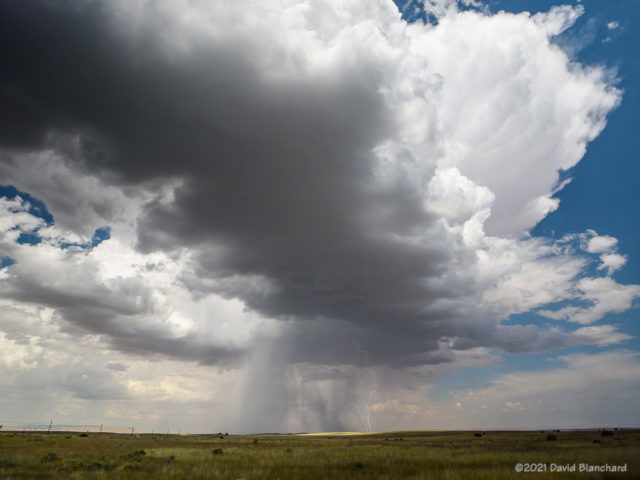

The most amazing lightning strike of the day occurred before I had set up the gear. The bolt landed miles away from the storm in a sunny area. This was a classic “bolt from the blue” and would have surprised anyone in that location. The radar image below shows the bolt landing a fair distance from the storm.
Lightning continued in this direction for more than an hour. As the storms would move to the northeast newer storms would develop north of the San Francisco Peaks and move over Wupatki National Monument.
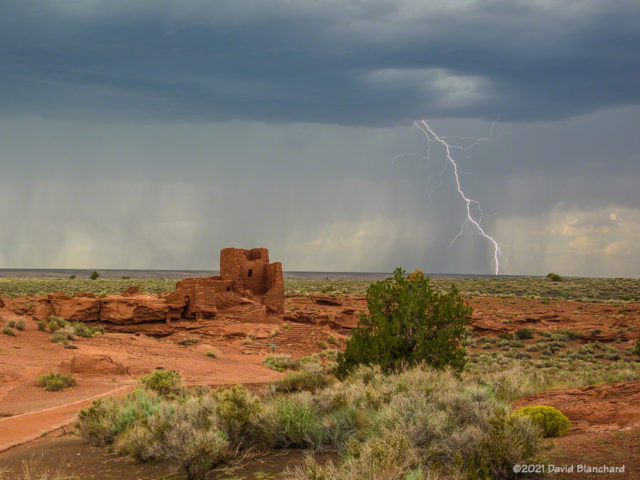
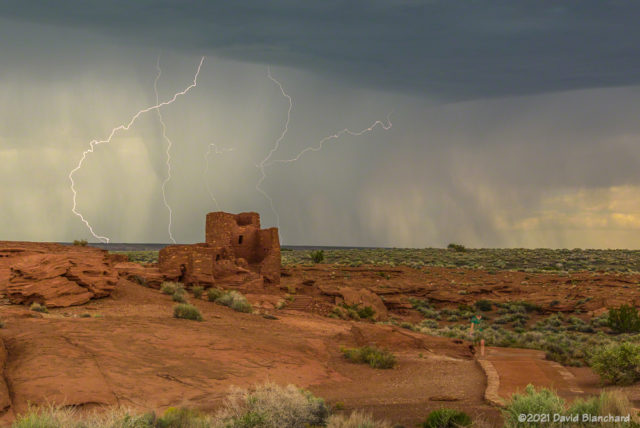
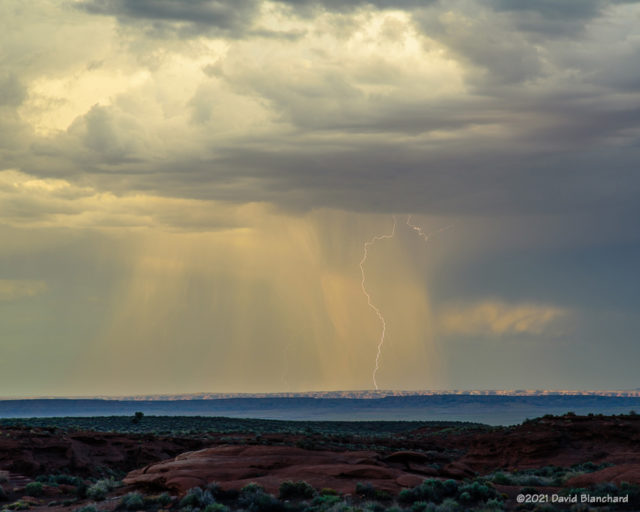
After shooting at this location for awhile I decided to reposition to Wukoki Pueblo with hopes that lightning to the north would continue and I could get photographs with lightning and the pueblo. I was not disappointed.
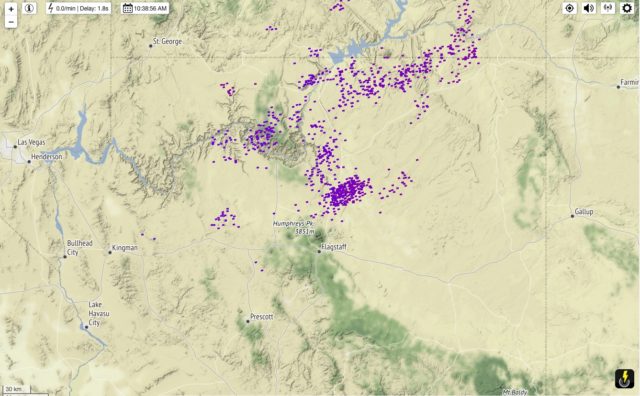
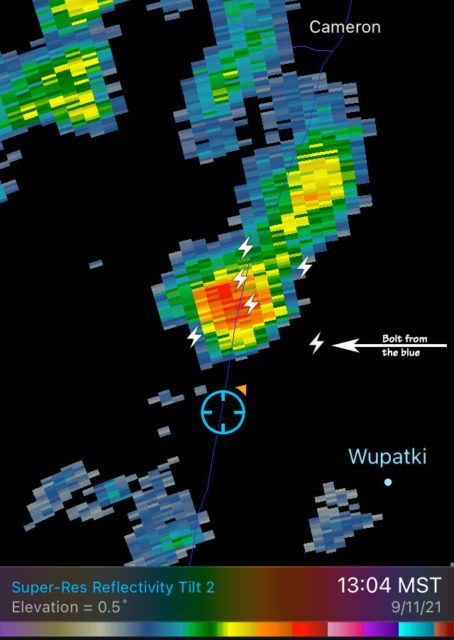
Again, storms would move to the northeast and then be replaced by new storms from the southwest. This went on for several hours. The lightning plot above shows how many lightning strikes there were in this region during the afternoon.
I had hoped that thunderstorms and lightning would continue through sunset and twilight but it was not to be. Eventually, newer storms stopped developing and the other storms moved far to the northeast.
